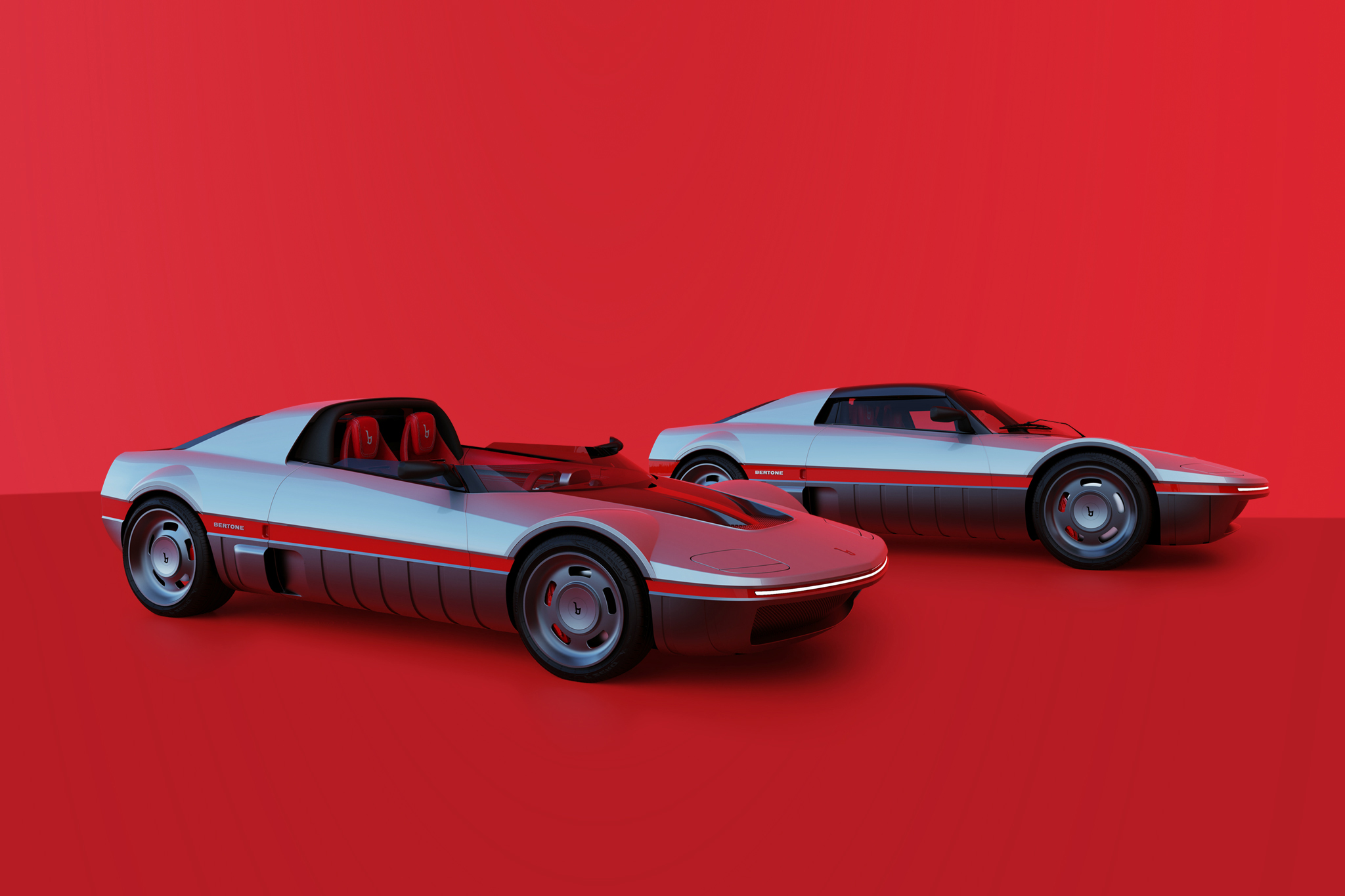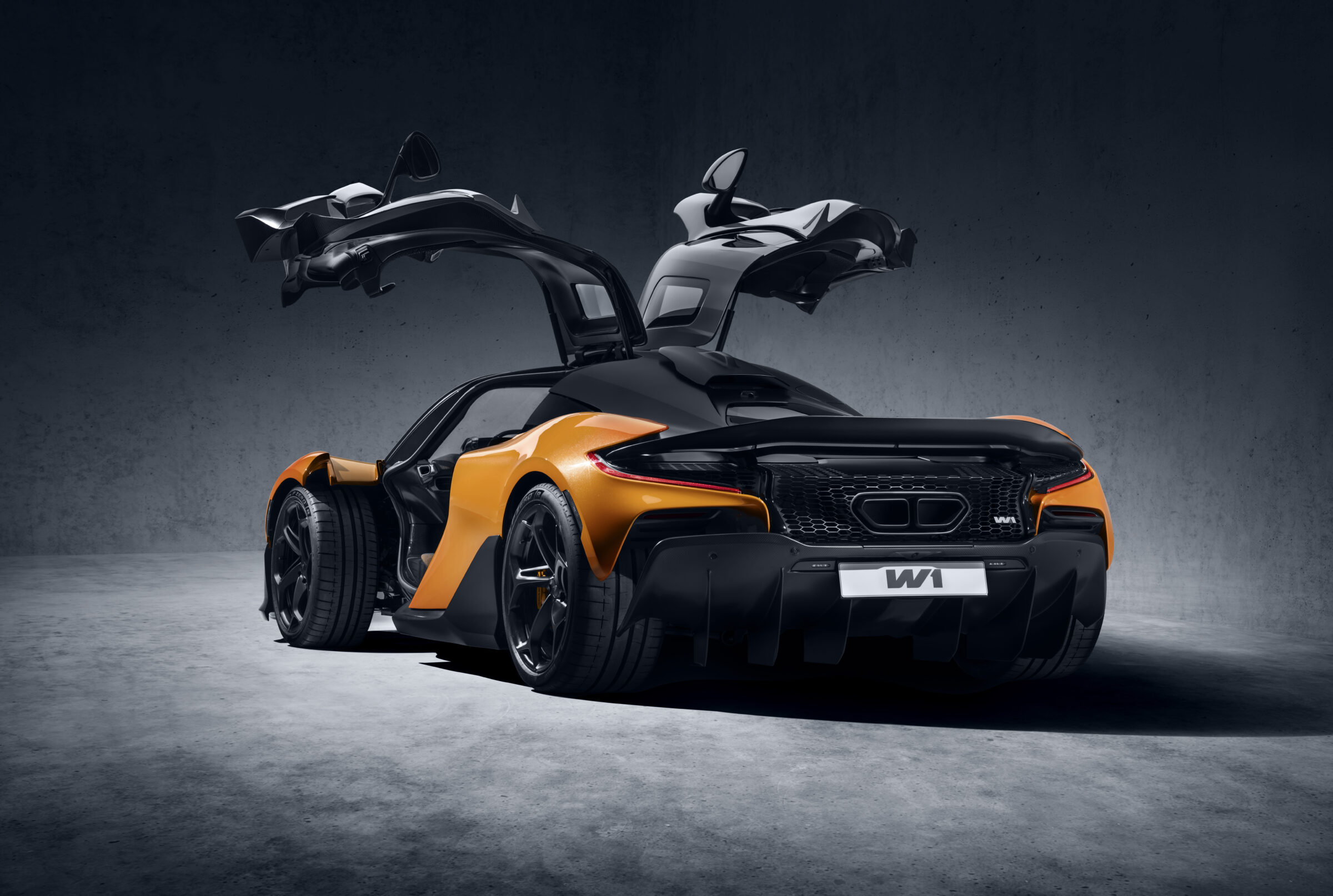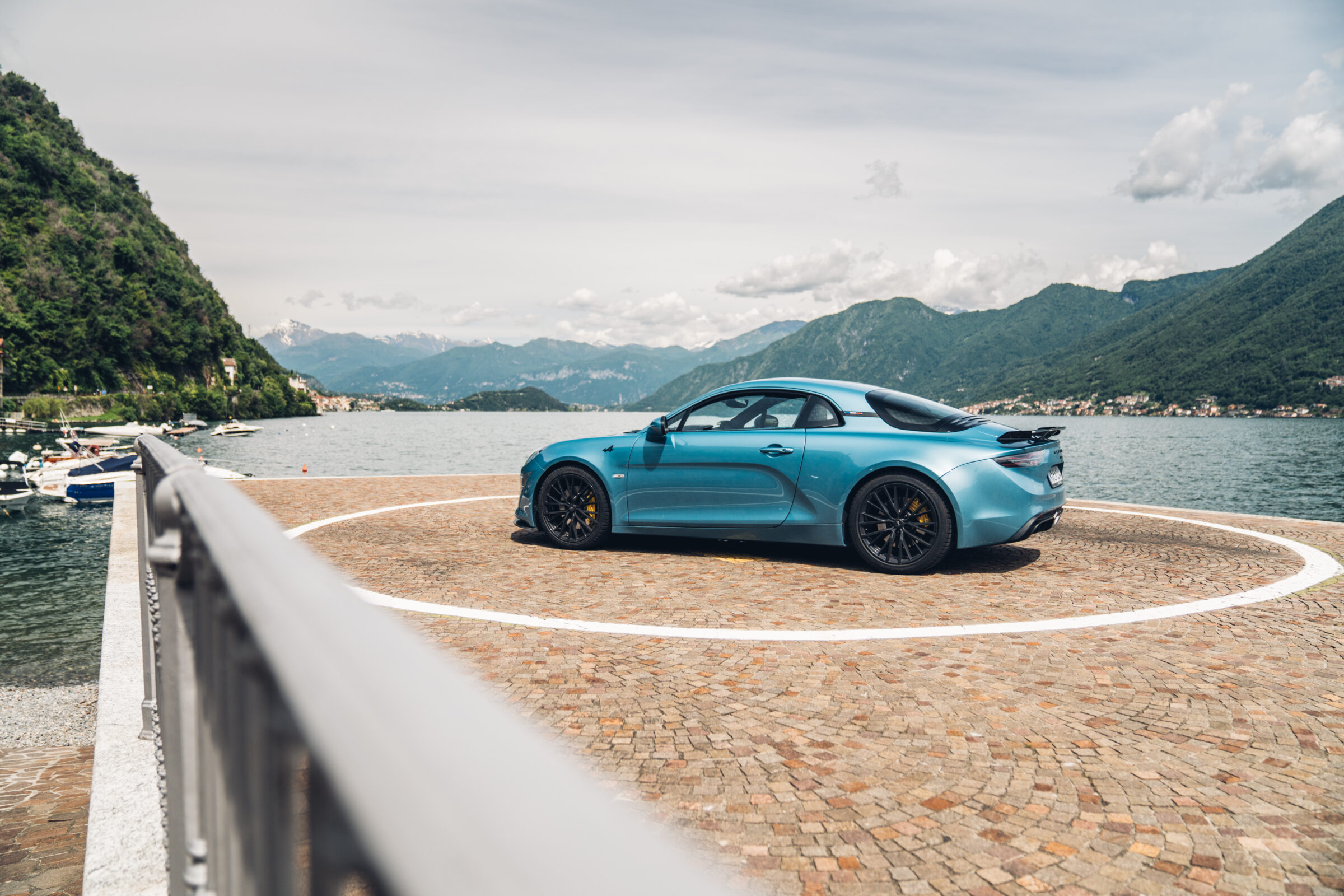Škoda 130 RS
After Škoda’s 180 RS and 200 RS had only been successful in motorsport for a very short time, the Czechs quickly set to work on a new design for 1975. While the two predecessor models had started in the prototype class, the new model was deliberately intended to remain close to series production so that it could also compete in international competitions. The 110 R, whose coupé body had been added to the range of rear-engines models from 1970, was again used as the base vehicle. For some private customers, rally cars with sedan or coupé bodies were built even before 1975. However, these variants could do little in the overall standings of international rallies and circuit races. The new 130 RS was developed using design elements and knowledge gained from the few outings of the 180 RS and 200 RS models. The numbering already makes it clear that this car was positioned lower down in terms of performance.
Up to 142 hp from 1.3 liters
The 130 RS made its racing debut in April 1975 on the Most circuit. Just one month later, two units were on the grid at the European Touring Car Championship in Brno and immediately took third and fourth place in the class up to two liters of displacement. For 1976, the FIA changed the regulations and required the use of technology components that were also found in the production cars. Škoda therefore had to change from a five- to a four-speed gearbox. A four-cylinder engine with an initial displacement of 1,289 cc and 82.8 kW/112.5 hp worked in the rear. Based on customer experience, Škoda engineers continued to develop the engine. In the process, they increased the displacement to 1,299.6 cc, the exact limit for the class below 1.3 liters. In contrast to the production engine of the 110 R, the powerplant was given a cast-iron eight-valve cylinder head and dry sump lubrication. At the end of the development period, 105 kW/142 hp were available.
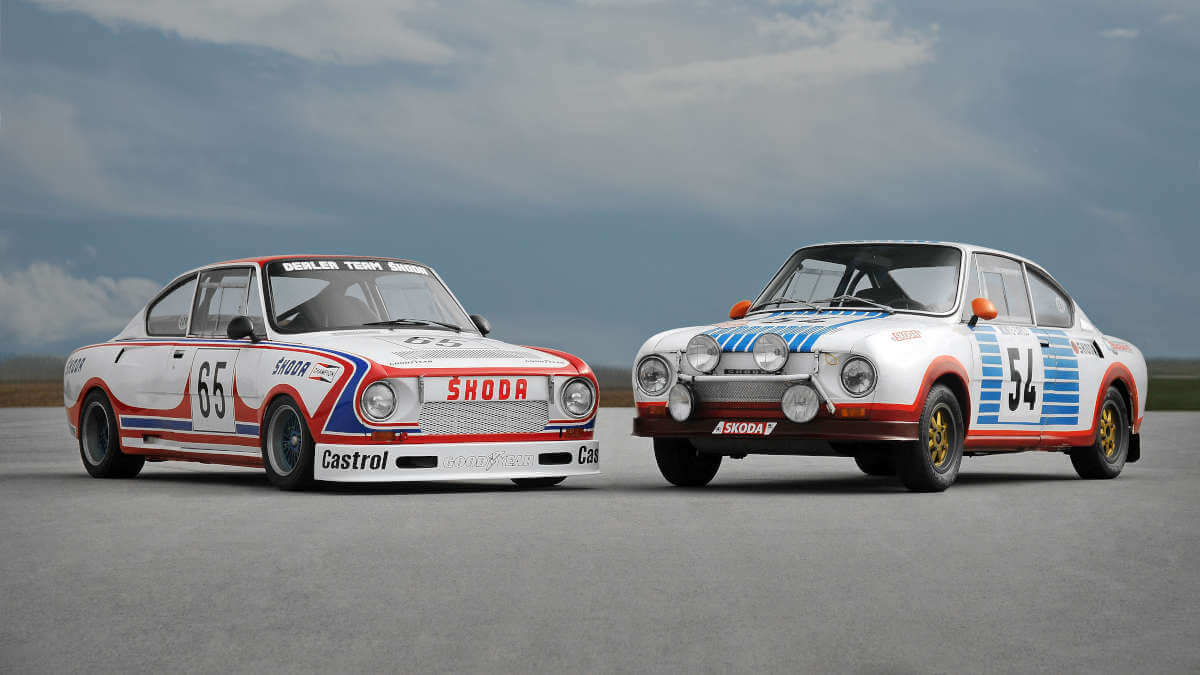



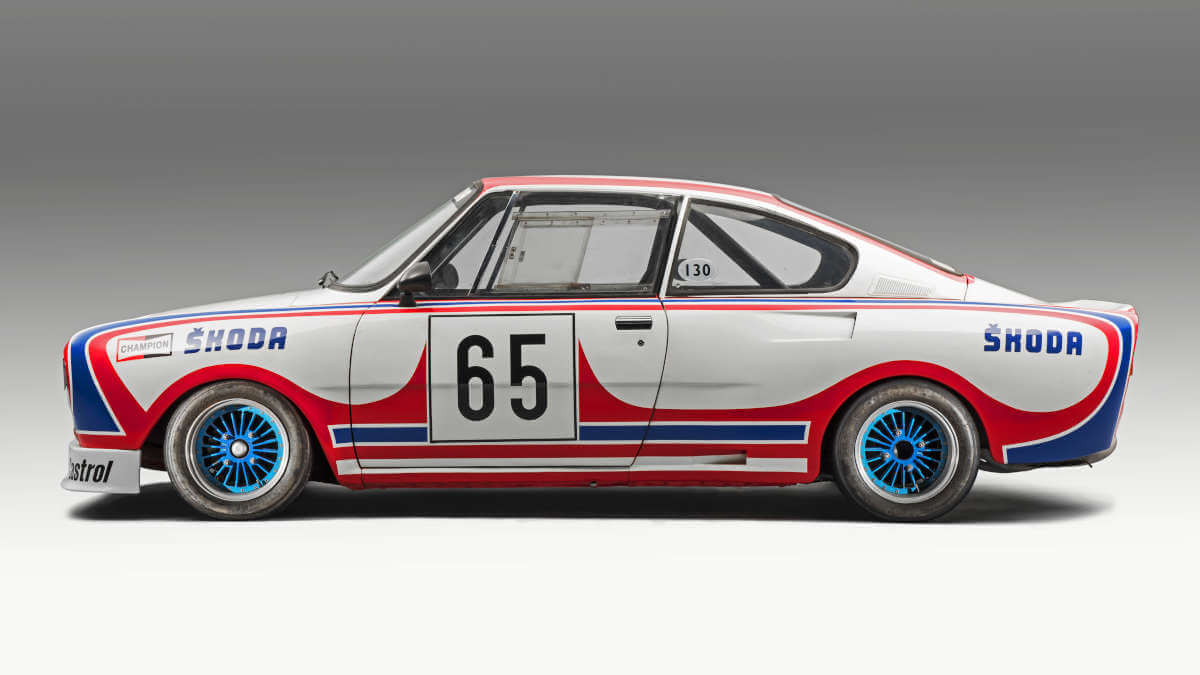











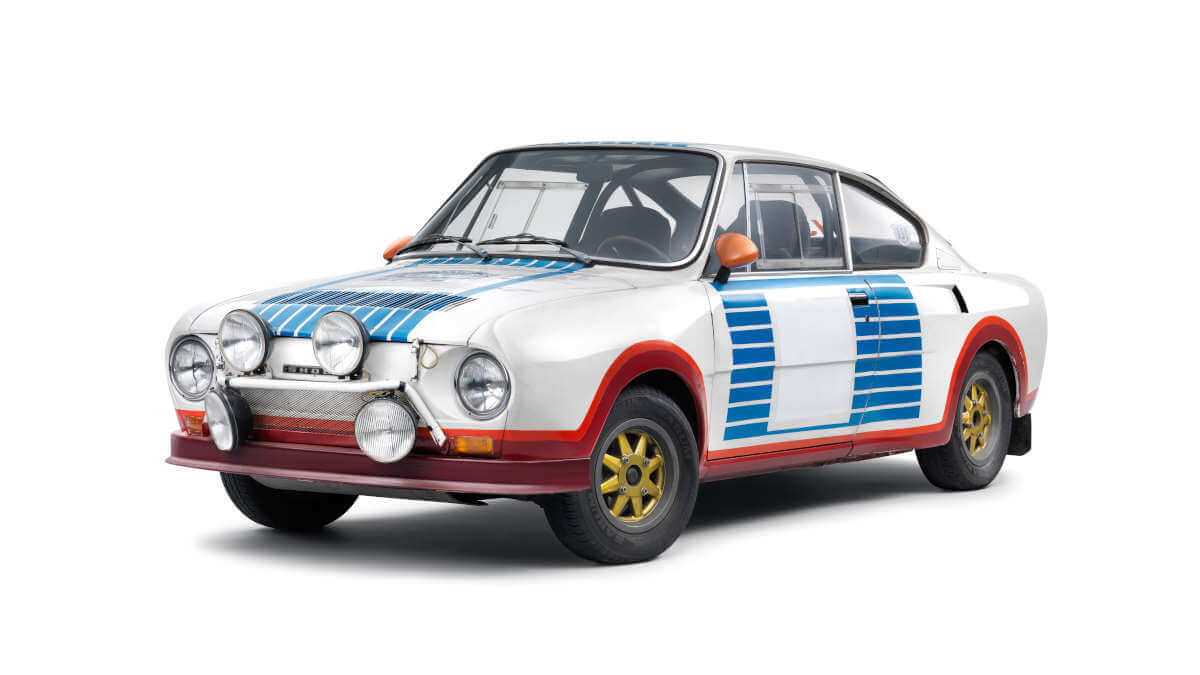



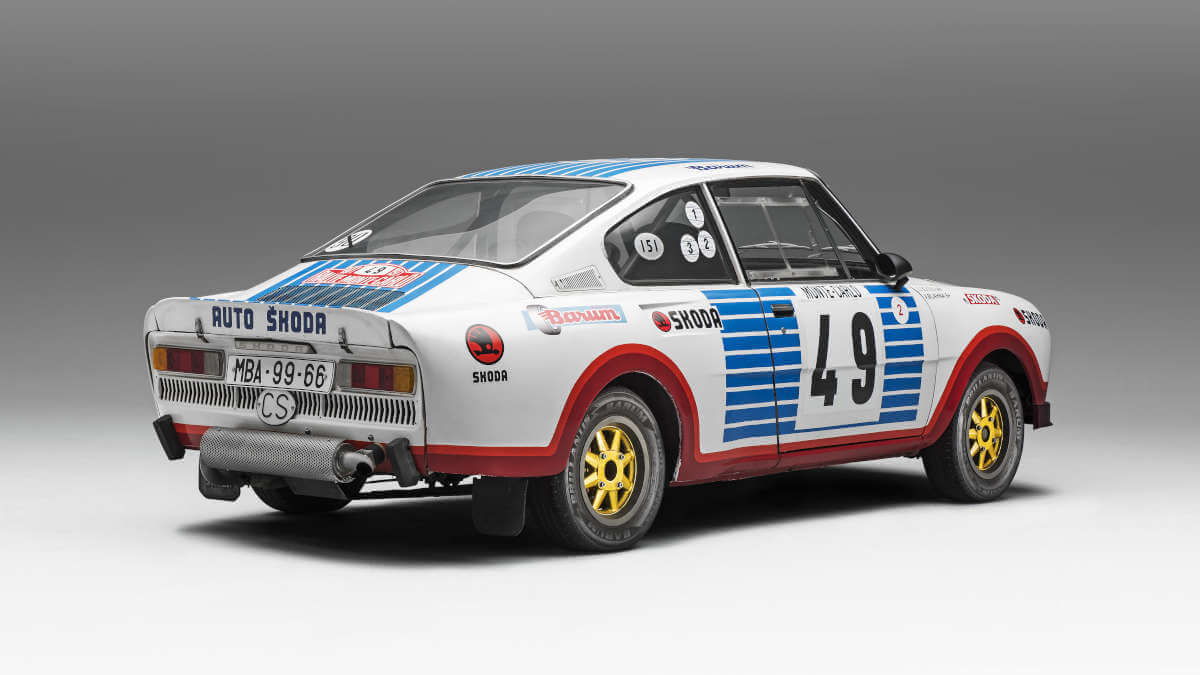



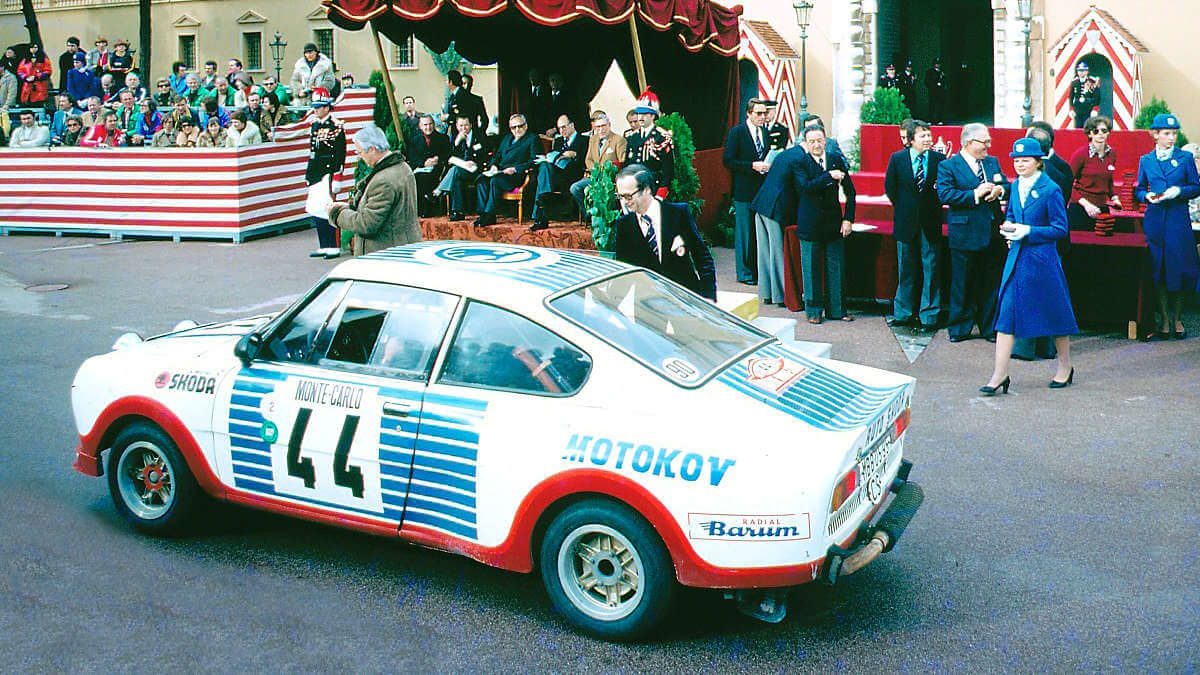

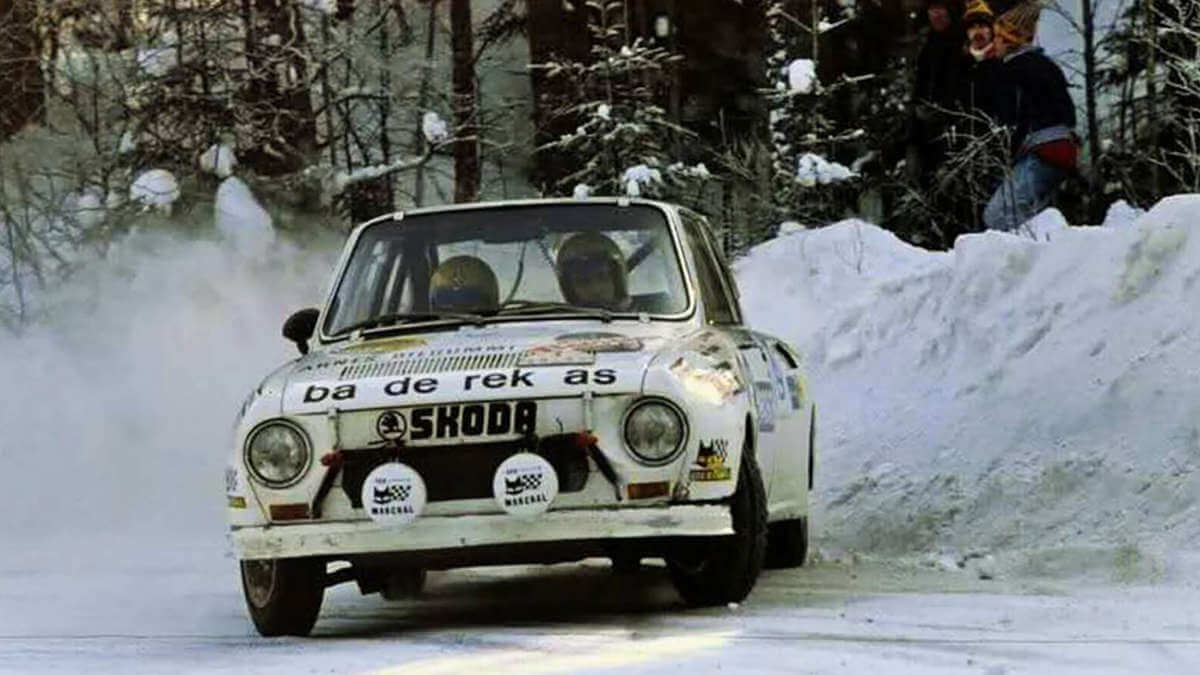



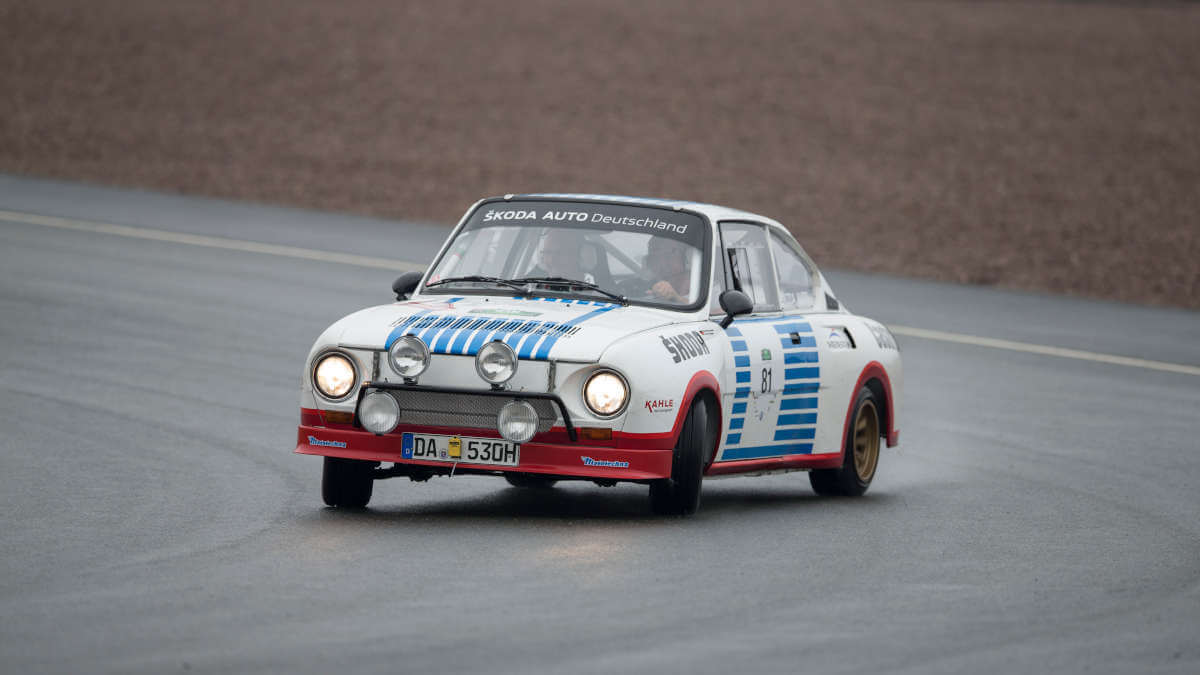

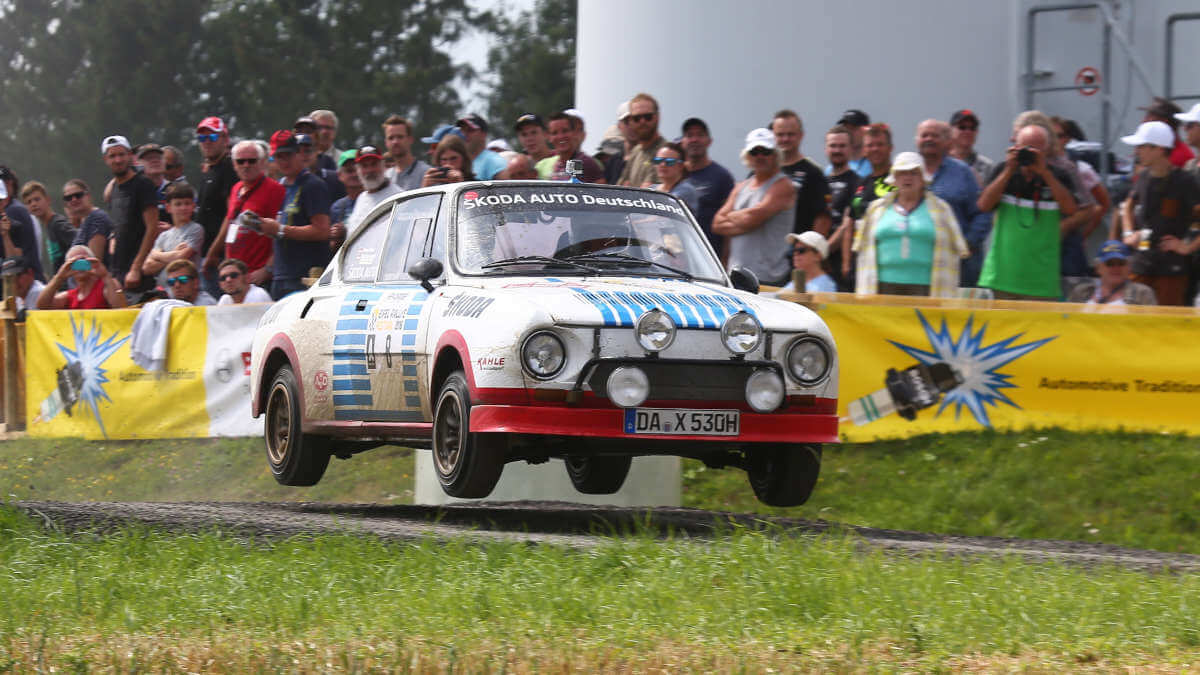

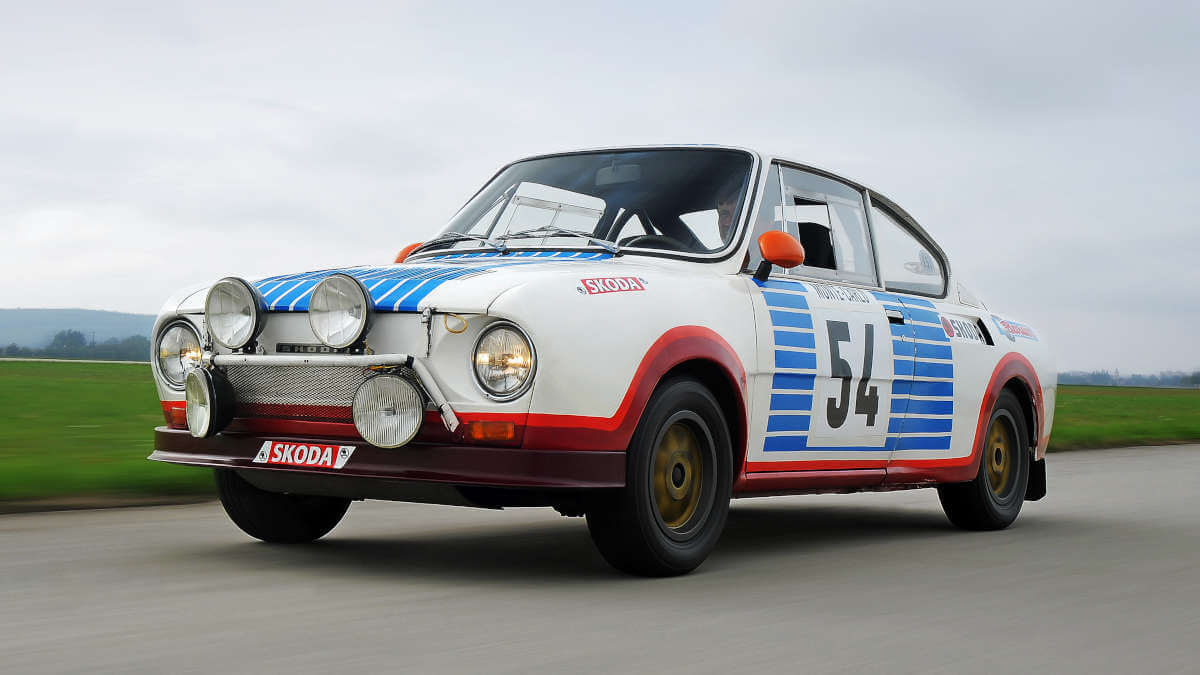





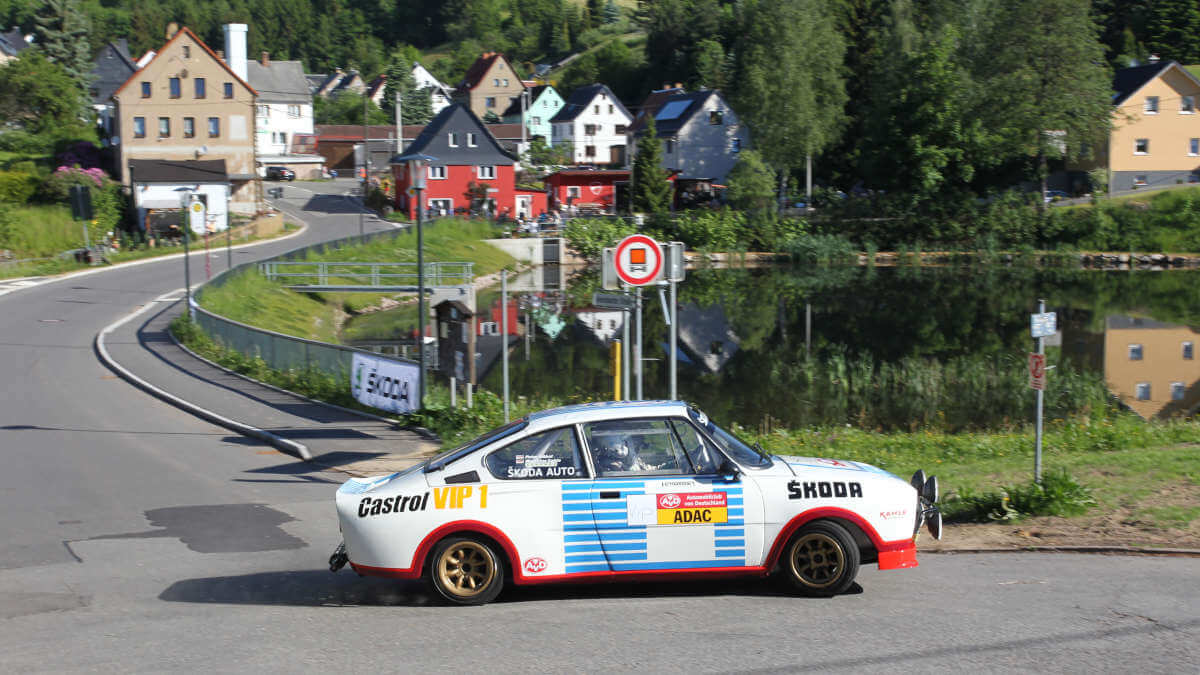

Successes in European Touring Car Championship
Initially, the factory team focused on circuit races throughout the Eastern Bloc. In 1978, Škoda took part in a full season of the European Touring Car Championship for the first time. The Czech team finished the season in third place in the manufacturers’ championship. The following year, the team even finished second, and in 1980 it was again third behind Audi and BMW. Many experts actually considered this to be the maximum achievable for a coupé with 1.3 liters of displacement. Škoda proved the critics wrong and won the European Touring Car Championship title in 1981 after a tough season. At the wheel were Zdeněk Vojtěch, Břetislav Enge, Jan Šenkýř, Petr Martinovský, Josef Michl and several other racing drivers. Various private teams used the Škoda 130 RS on their own in circuit races, hillclimbs and rallies. In total, around 200 cars were produced ex-works, as well as some cars built subsequently from spare parts.
Successes in rallies
In addition to circuit races, Škoda also entered the 130 RS in rally competitions at home and abroad from 1976 onwards. Thanks to its lightweight and well-balanced design, it found favor with many drivers. They could rely on the car’s handling in curves as well as on straights, in jumps and at the limit, this keeping even more powerful competitors under control. In January 1976, the car took part in the Monte Carlo Rally for the first time. There, the driver duo Blahna/Hlávka took class victory and 12th place overall. In 1978, at the Acropolis Rally in Greece, Zapadlo/Motal took another class victory and ninth place overall. They even improved this position by one rank one year later. At many national and international rallies, the 130 RS competed in the A2 class with a displacement of up to 1.6 liters, where it outshone even more powerful cars. Today, there is one circuit car and one rally car in the factory museum.
Images: Škoda


